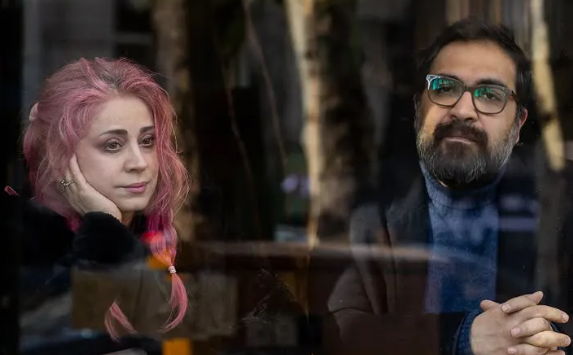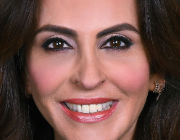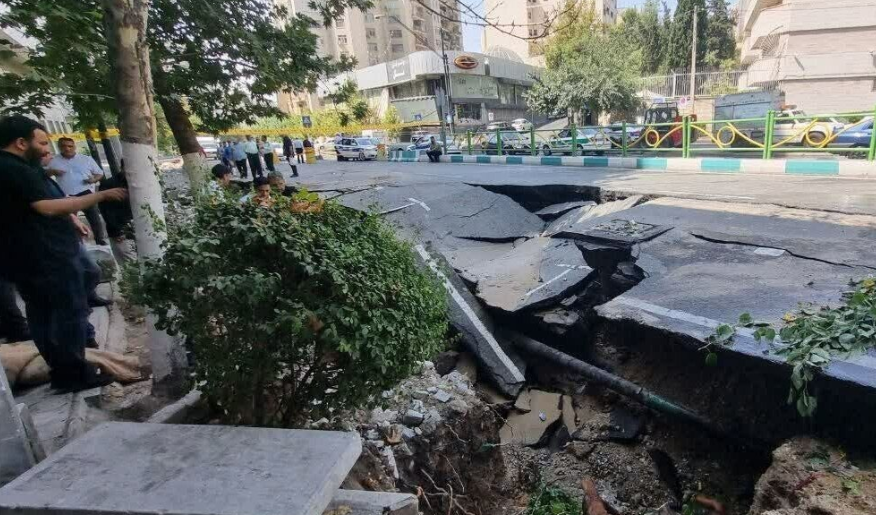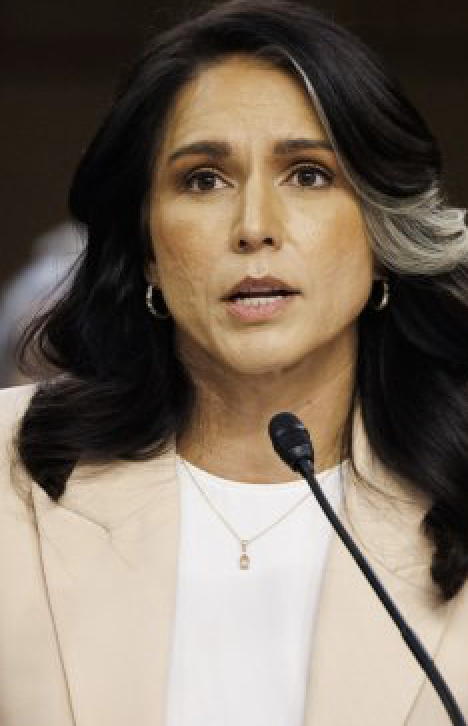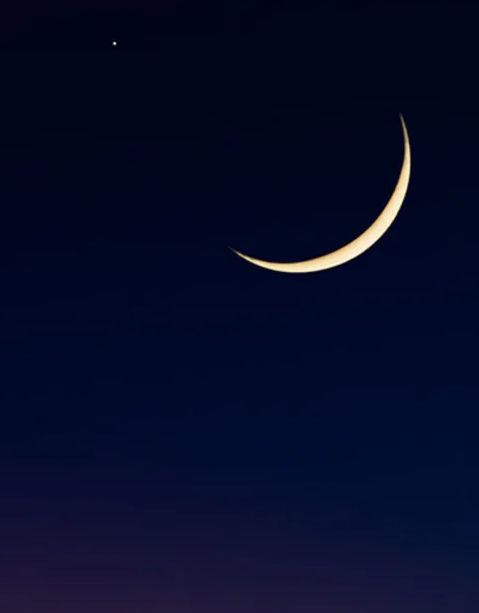November 01-2013
A Majlis committee is recommending that Iran’s capital be moved 100 kilometers to the Saveh area.
The Urban Development Committee earlier voted to approve the concept of moving the capital. The committee decided that shifting the capital elsewhere would be a significant step in reducing pollution and congestion.
But if the capital is only moved 100 kilometers (60 miles), many civil servants are likely to continue living in Tehran and commuting to Saveh.
The announcement did not give any reasons for proposing Saveh as the new capital.
The committee announced that the re-location of the political capital has now been fully approved by the committee and the proposal will soon be put to a vote by the full Majlis. Nothing was said about the timing of the move or the expense.
Saveh is located southwest of Tehran and has a population of about 180,000. It is located in Markazi province.
In the 7th Century BCE, it was a stronghold of the Medes. During the Parthian rule of Persia, it was one of the main hubs of the empire.
In the Middle Ages, it was a residence of the Dalaymites and of the Seljuqs. It was severely damaged by the Mongol invasion in the 13th century; it was restored during the Ilkhanids. Saveh was again sacked by the Timurids, but later grew under the Safavids.
It eventually lost much of its importance when Tehran became the official capital and, in the mid-19th century, many of the inhabitants moved to Tehran.
The Saveh region produces large amounts of wheat and cotton. It is also noted for its pomegranates and melons. Kaveh Industrial City, the largest industrial city in Iran, is located in Saveh.
According to legend, the Magi who visited the baby Jesus traveled from Saveh and are buried among its ruins.


